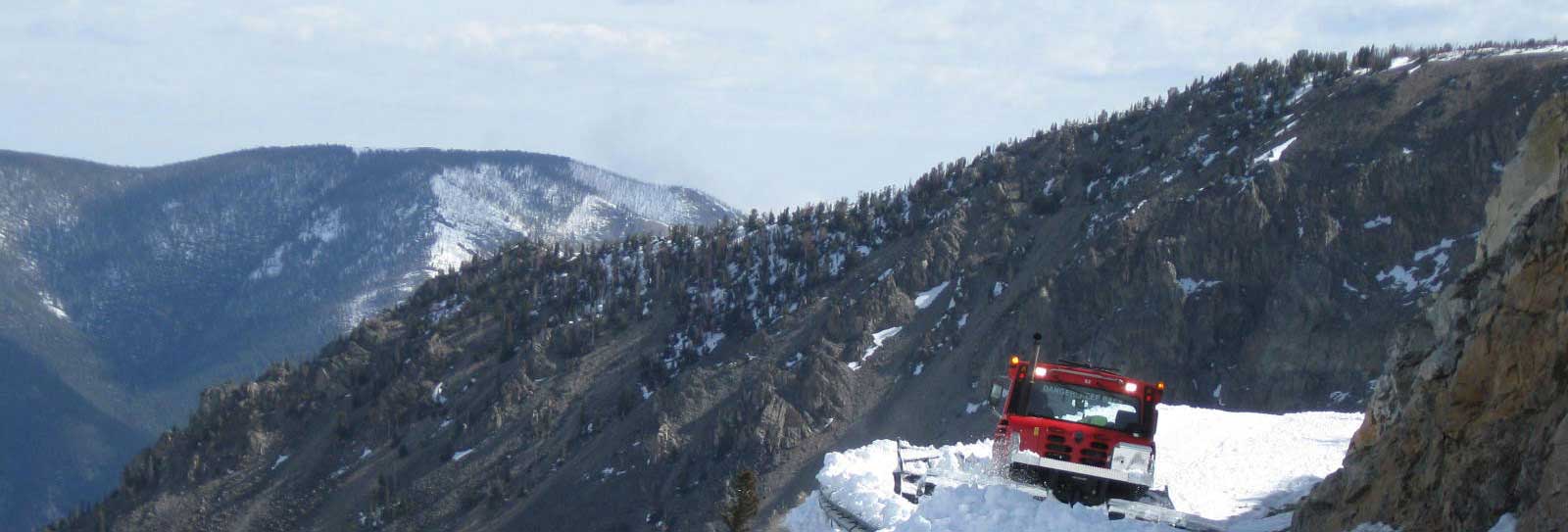
Montana Department of Transportation (MDT) designs, operates, and maintains many of the transportation systems throughout Montana. When roads intersect rivers, streams, wetlands or other water features, MDT utilizes hydraulic structures, either bridges or culverts, to pass over them. And, in situations where the waterbody has aquatic organisms, such as fish or amphibians, MDT designs the structures to not only convey water, sediment, and woody debris through them, but also to provide connectivity for aquatic species.
In some settings, MDT designs and constructs crossings using embedded box structures with a “two” layer approach. The bottom layer in this design consists of larger rock designed to be stable and an upper layer designed to match a river channels mobile sediment regime. The upper layer is often thought of as the “active” layer as it can move with natural sediment movements in the stream or river system.
Some state and federal agencies that review MDT projects and issue permits for them, have expressed concern with the “two” layer approach and, specifically, the use of concrete box culverts instead of open-bottom arches or bridges, in some settings. MDT also wants to ensure their designs are functioning properly by providing river and stream continuity, aquatic organism passage, and a safe, resilient road infrastructure, but at the same time not overdesign them.
Therefore, there is a need to assess how existing box culverts designed using the “two” layer approach are functioning in terms of maintaining their sediment beds while also providing aquatic organism passage.
For more information, please send an email to
